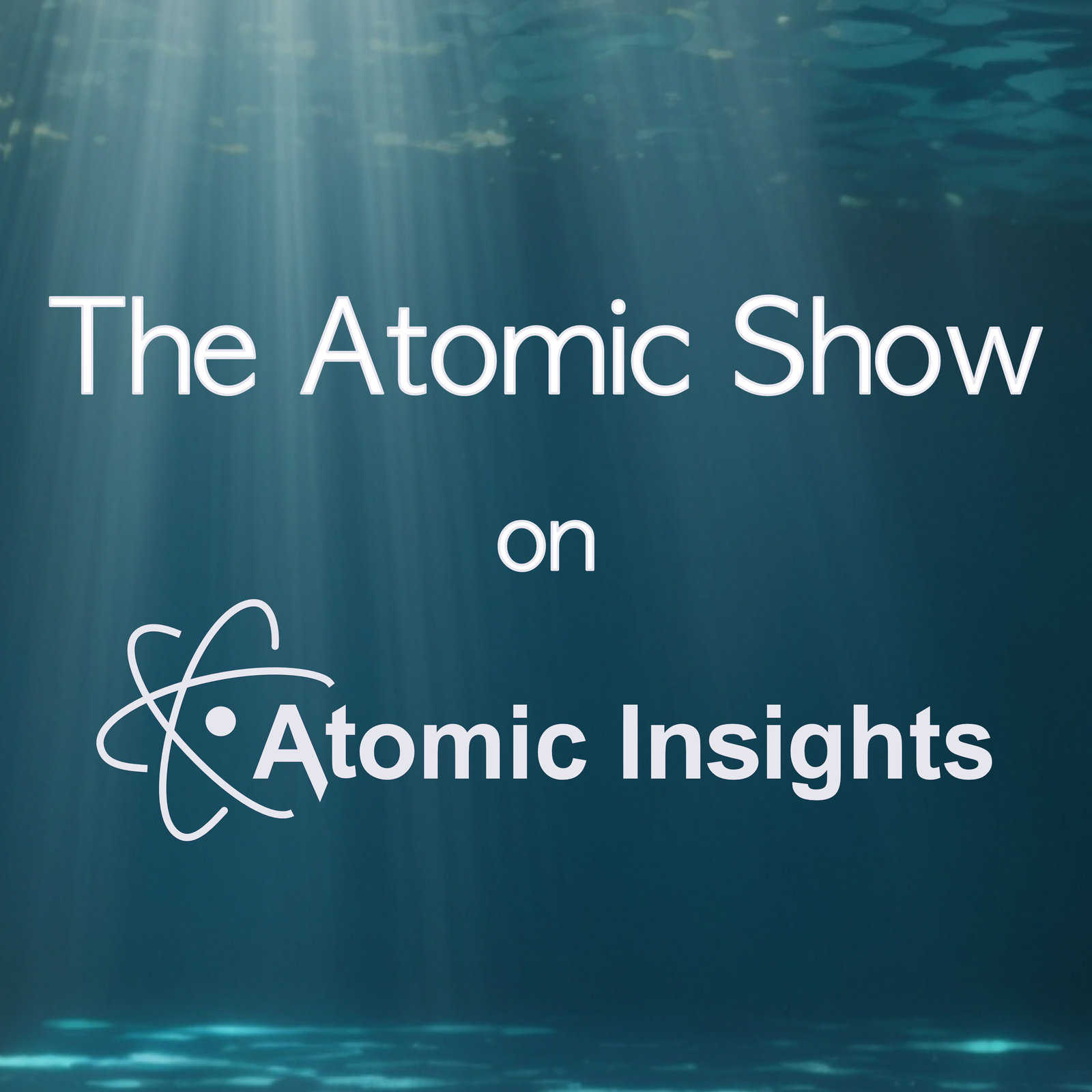Atomic Show #300 Dr. Lindsay Krall, Nuclear Waste from Small Modular Reactors

b'
\\nModeled waste volumes for selected reactor designs (From “Nuclear Waste from Small Modular Reactors”)
\\n
\\n
\\nDr. Lindsay Krall is a geochemist currently working on projects characterizing the behavior of radioactive isotopes that will eventually be stored in a deep geologic repository being designed in Sweden for construction within the next decade. During a three year post doctoral period she worked under a MacArthur Foundation grant program to study the projected production of waste from small modular reactors. She received mentoring and guidance from Dr. Allison Macfarlane and Dr. Rodney Ewing, but performed most of the work as an individual researcher. As we discussed during this episode of the Atomic Show, the study topic was only marginally related to her academic and professional field.
\\n
\\n
\\n
\\nDuring her post doc period, she presented various stages of her work at conferences and in journal articles. She told me that those progress reports generated few questions and apparently little interest.
\\n
\\n
\\n
\\nBut the final paper documenting her study results produced a minor eruption inside the world of people that are interested in the development and deployment of small modular reactors and advanced nuclear energy production systems. The paper, titled “Nuclear Waste from Small Modular Reactors” was published in the Proceedings of the National Academies of Science. It included the discussion-provoking conclusion that “SMRs will produce more voluminous and chemically/physically reactive waste than LWRs.”
\\n
\\n
\\n
\\nAside: I question the author’s choice to use the word “will” instead of “might”. There are far too many uncertainties and technology-specific conditions for such certainty. End Aside.
\\n
\\n
\\n
\\nUnlike most of the thousands of study papers published in scientific journals each year, this one stimulated immediate attention with articles in mainstream outlets like Bloomberg, Reuters, The Globe and Mail, and the Register, presumably written by journalists that had access to a pre-print version of the paper. That active promotional effort was a bit of a surprise to the study’s primary author, though she had been advised by her coauthors to be ready for media inquiries.
\\n
\\n
\\n
\\nDan Yurman at Neutron Bytes published a detailed review of the paper.
\\n
\\n
\\n
\\nThe study focused on three SMR designs out of the dozens that are currently under development. The three selected systems included the 160 MWth version of the NuScale Power Module, a version of the Terrestrial Energy Integrated Molten Salt Reactor (IMSR) and the Toshiba 4S. Developers of the NuScale Power Module and the IMSR published prompt responses to the PNAS paper, the Toshiba 4S has not been under active development for at least half a decade.
\\n
\\n
\\n
\\nBoth of the responses challenged the study’s decision to use obsolete versions of designs that are still evolving and have not yet been built. They challenged some of the paper’s assumptions about neutron leakage and stated that it cannot be computed with simple volume-related equations. One statement from the paper received particular attention from Terrestrial Energy.
\\n
\\n
\\n
'